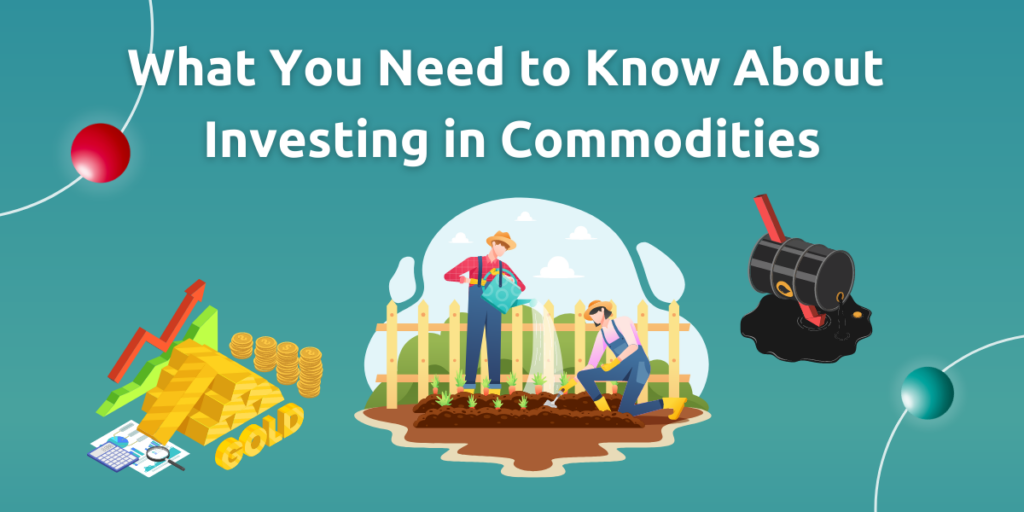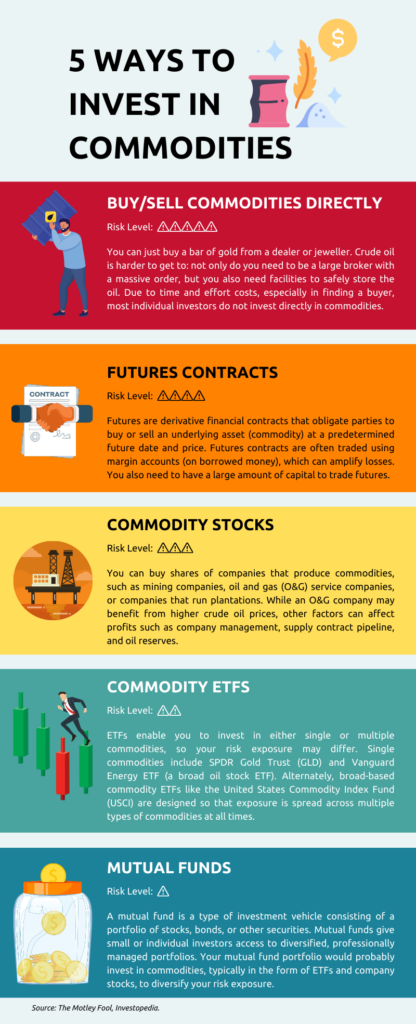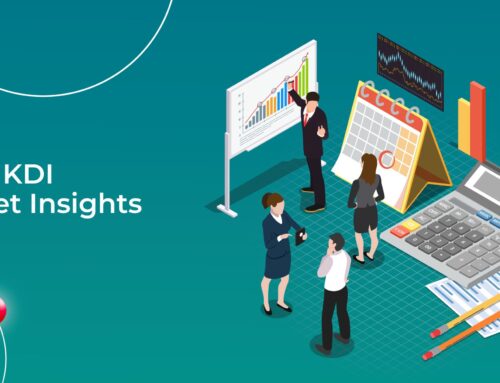What You Need to Know About Investing in Commodities

One fairly popular topic of discussion among new and seasoned investors is commodities trading. Investing in commodities is great for diversifying your portfolio beyond traditional assets, and adds a layer of security for those times when the stock market is in flux as commodities prices can go up when stocks go down.
However, it can be an intimidating investment to consider as they have a reputation of being complicated, not to mention risky. Thanks to advances in technology, Artificial Intelligence (A.I.) has reduced the risk significantly and made commodities much easier to understand, manage, and trade.

Supply and Demand
The commodities market is driven by the basic principles of supply and demand, because commodities tend to be natural resources. These natural resources range from agricultural products (such as wheat and coffee) to beef and milk from cattle farming. They can also be those materials that are extracted from the earth, including precious metals and fossil fuels.
Any fluctuation in demand or supply can cause the price of the commodity to fluctuate. If demand increases and the supply is not able to meet the increase, the price of the commodity will rise. For example, the West in 2022 faced a significant increase in fuel prices due to the disruption of supply from Russia and Norway.
Closer to home, the price of vegetables is higher post-pandemic than during the pre-pandemic times – but during the actual crisis itself, there were reports of crops going bad in the field due to a lack of ability to transport them to where they were needed. This same disruption was repeated at different scales across the world due to the disruption of the global supply chain by the pandemic.
Types of Commodities
The following are some of the most commonly traded commodities:
How to invest in commodities
Historically, the most popular way to trade commodities was through futures contracts. This type of investing is largely based on the hope that future behaviour of the product follows past behaviour, as such in addition to commercial or institutional commodities players, speculators and hedgers also participate in the futures market. Other investors buy stock in companies with a primary focus on the commodity of their interest, such as a rising oil and gas company or a popular coffee chain. This is seen as less volatile to price swings. But while stocks are easier to buy, hold, and trade, there is a lot more at play than the actual value of the commodity.
A less risky option is investing in exchange-traded funds (ETFs). ETFs allow individual investors to dip their toes into the market, invest in a basket of commodities, while remaining protected from losing a painful amount of money. It is not as volatile as futures contracts, and gives you access to an array of commodities so you can be assured that pricing fluctuations of one commodity will not put your overall financial health at risk. The best part? ETFs are incredibly liquid, meaning they can be bought and sold quickly, allowing you to cut bait if an unexpected phenomenon affects the commodities you invest in (like, say, a once-in-a-century pandemic tanking oil prices).
Start Your Commodities Investing Journey with KDI Invest
KDI Invest is a robo-advisor that offers you a secure, A.I.-driven way to enter the commodities market with well-known products like the NASDAQ-traded PDBC Invesco, an actively-managed ETF that follows a broad basket approach to investing in some of the world’s most heavily-traded commodities. Another commonly-traded ETF is SPDR Gold Trust (GLD), which is the largest physically-backed gold ETF in the world, offering investors a cost-efficient and secure way to access the gold market.
Rather than investing in commodities based on the ebbs and flows of benchmark prices, KDI Invest’s algorithm automatically rebalances your portfolio based on your individual risk profile. This ensures that you invest in U.S-dollar denominated ETFs while staying true to your long-term investment goals.
Kickstart your commodity investing journey and sign up for KDI Invest online or download the Kenanga Digital Investing app on the Google Play or Apple App Store today!
